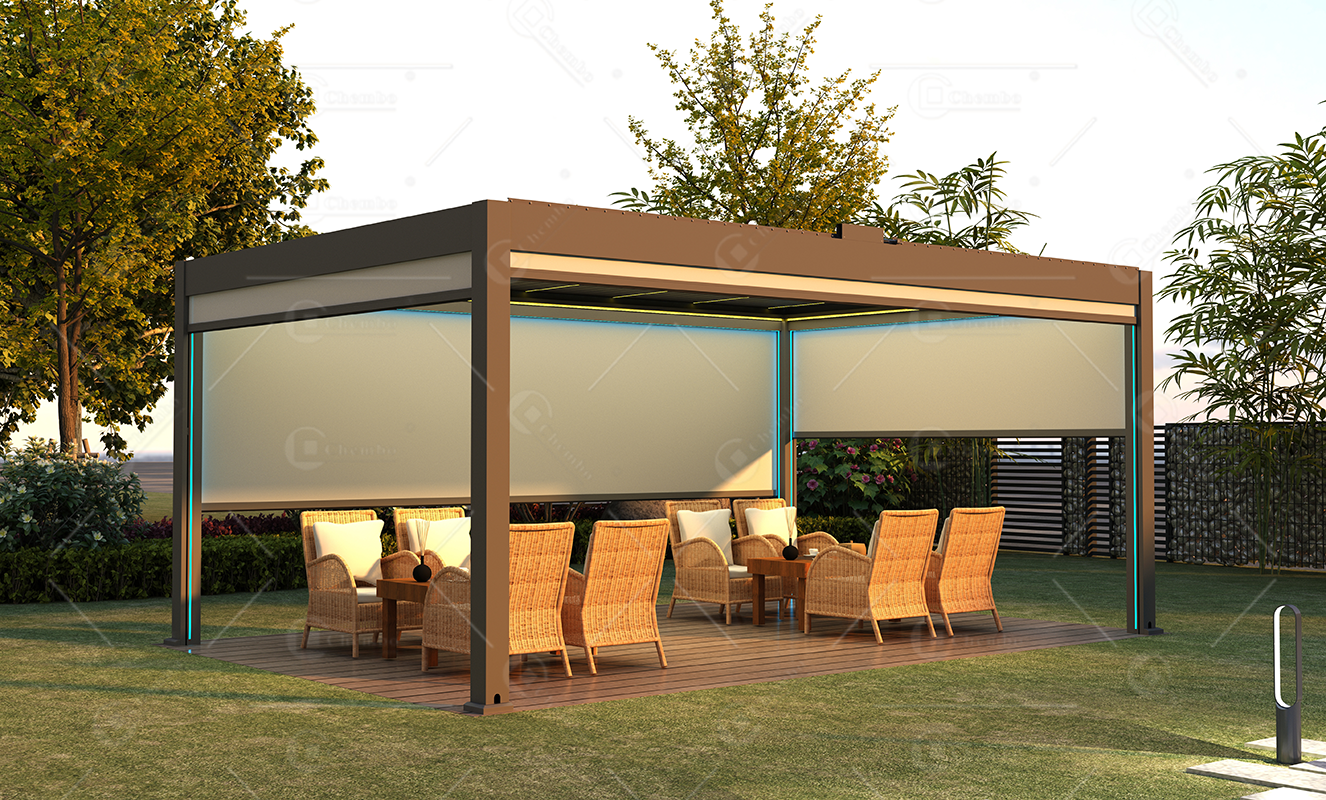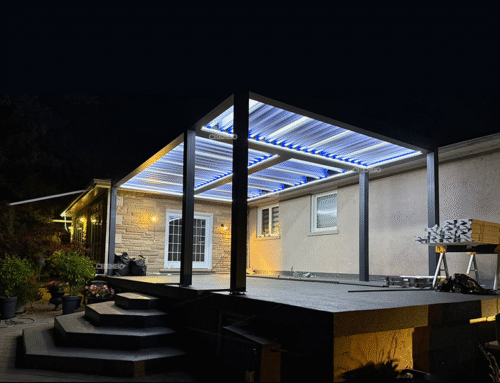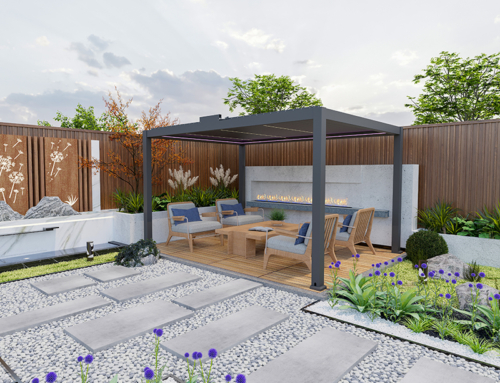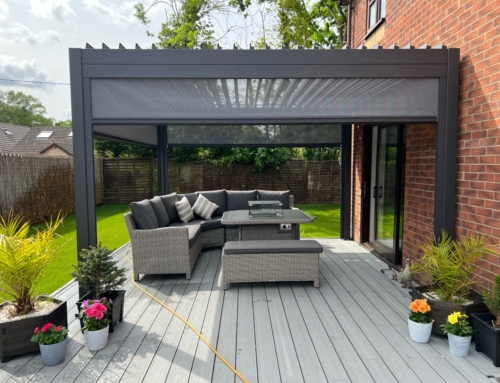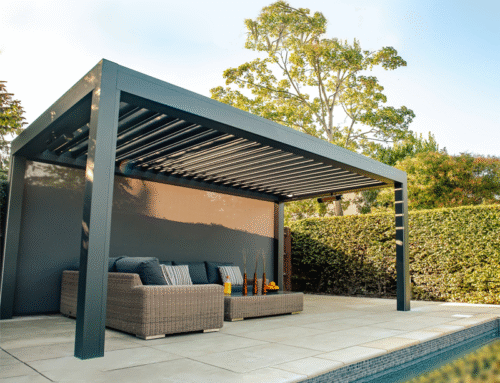Pergolas are customizable to your needs and the layout of your yard. While they’re each built differently, they all provide shade and protection from the elements. Get in touch with a local pergola builder to find out which one is right for you.
Free-Standing
As the name suggests, free-standing pergolas are a structure to themselves. They aren’t attached to a home or other structure. You’ll find free-standing pergolas by pools, in a home garden, or in another liveable outdoor space further from the home.
Attached
If stability is your main concern, an attached pergola is a great choice, as they’re built off of one or more sides of a home, making them more steady. Attached pergolas are often used for indoor/outdoor living since they give you the ability to walk outside and right into the shade. You might see a dining set staged under an attached pergola.
Arched
This type of pergola has an arched top instead of a flat roof like other pergolas, creating the appearance of more space under the structure. You’ll commonly find arched pergolas used as covered walkways in commercial spaces. They may be more ornate and feature climbing plants or lighting. Arched pergolas can also be used at home, incorporated into an attached or free-standing design.
Awning
An awning pergola is an attached pergola where the top mounts onto the side of the building. The top panel is shallow and doesn’t require additional support beyond the attached wall.
Awning-style pergolas aren’t common in residential projects. You’re more likely to spot them at a restaurant or outside a commercial storefront. If you do see them residentially, it may be on the side of a garage or over windows and doors.
Louver
Sometimes flipped pergola, louvered pergolas provide versatility. Each blade is adjustable, meaning you can close or open them to let air flow in or keep rain out. Louvered pergolas can be manual or electronic. A louvered pergola could be an added design element to an attached or free-standing pergola.

